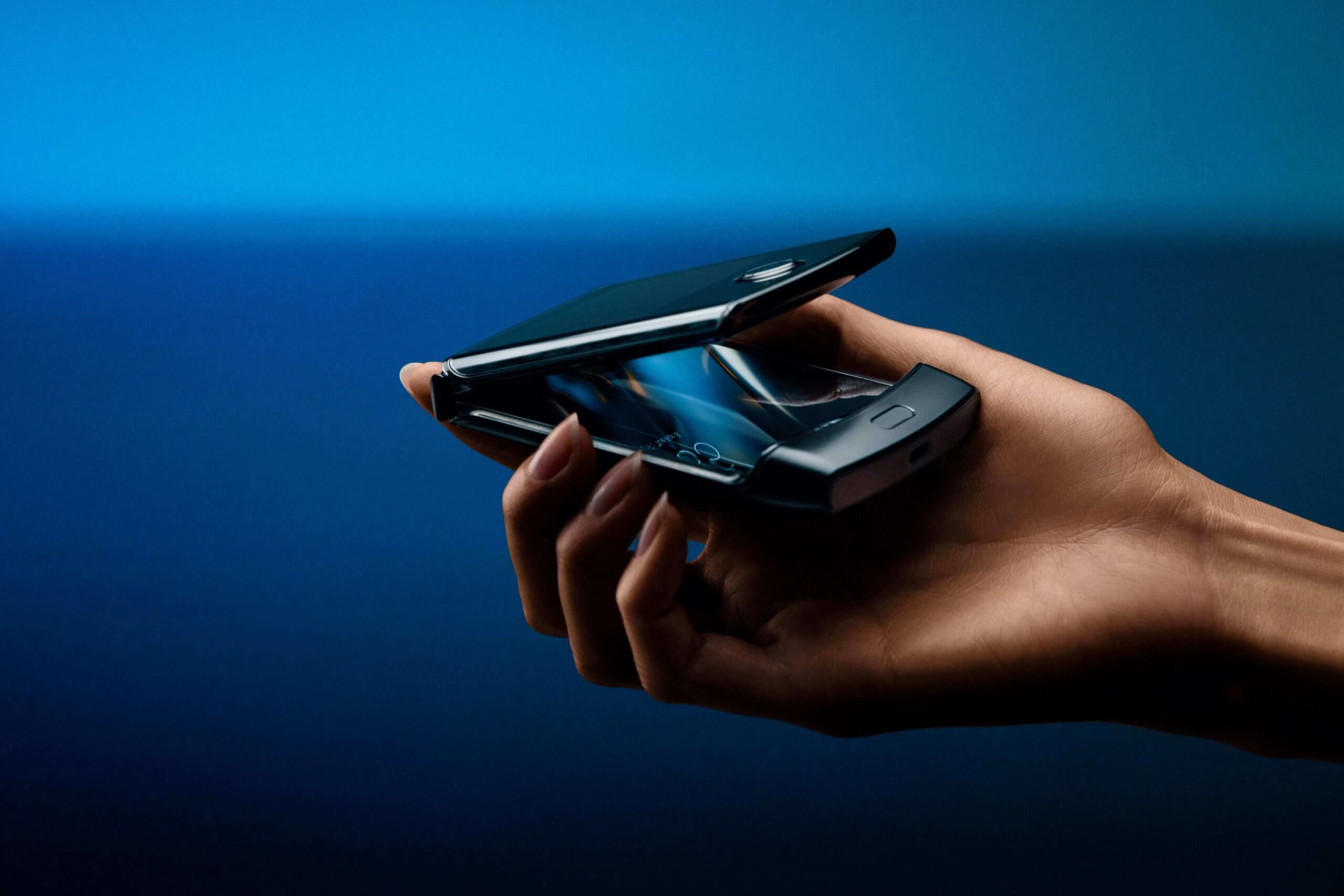Why it matters: After a short delay in its initial release date, the new Motorola Razr is finally available. The latest smartphone with a foldable screen went on sale Thursday. Early adopters likely snatched up the device on day one without much thought. After the Galaxy Fold fiasco, those who are a bit more careful with their money are probably wondering how long it will take before the phone starts to have problems. Well, it didn't take long.

CNET snatched up a Razr yesterday and live-streamed a durability test (conclusion video below). It put the phone in a device called "FoldBot" with a goal of reaching 100,000 folds. Unfortunately, the shiny new phone came nowhere close to 100,000 folds. At about 27,000 (roughly four hours in), the hinge mechanism broke. For comparison, when CNET performed the same test on the Galaxy Fold, it withstood 14 hours and 119,380 activations.
While the screen was undamaged and still functioned, the clamshell would no longer close smoothly. In fact, FoldBot could no longer close the phone since it is designed not to use too much force.
With Americans checking their phones an average of 80 times per day, 27,000 hinge activations amounts to less than one year of use. However, it's worth mentioning that these tests are not a fair representation of actual usage. Cramming a year's worth of use into four hours is extremely stressful on the phone. Heat is generated with each activation and is not allowed to dissipate as it would under normal conditions.
Additionally, CNET admitted that the FoldBot might not have been aligned entirely right for the Razr since it was originally designed for its Galaxy Fold test. "It's hard to say if it's a factor of the machine not being quite tuned properly to hold the phone," said CNET's Chris Parker.
He explained that SquareTrade, the company that made the FoldBot, did what it could to modify the machine for the Razr using only spec numbers. It did not get a chance to put an actual phone in the device to test its calibration.
The takeaway: Will the phone last more than a year? At 27,000 consecutive folds without a pause, it is highly likely that the Razr's hinge will endure many more openings than that with proper care. So, yes the Razr will probably last more than a year.
Will it last as long as the Galaxy Fold? Maybe. Without knowing if the FoldBot was at fault for the breakage, it is hard to make a fair judgment on the Razr's comparative durability.
We'll keep our eyes peeled for future durability reviews, but the real test will be the response of early adopters over the course of the few months.
https://www.techspot.com/news/83922-hinge-motorola-new-razr-broke-after-27000-folds.html